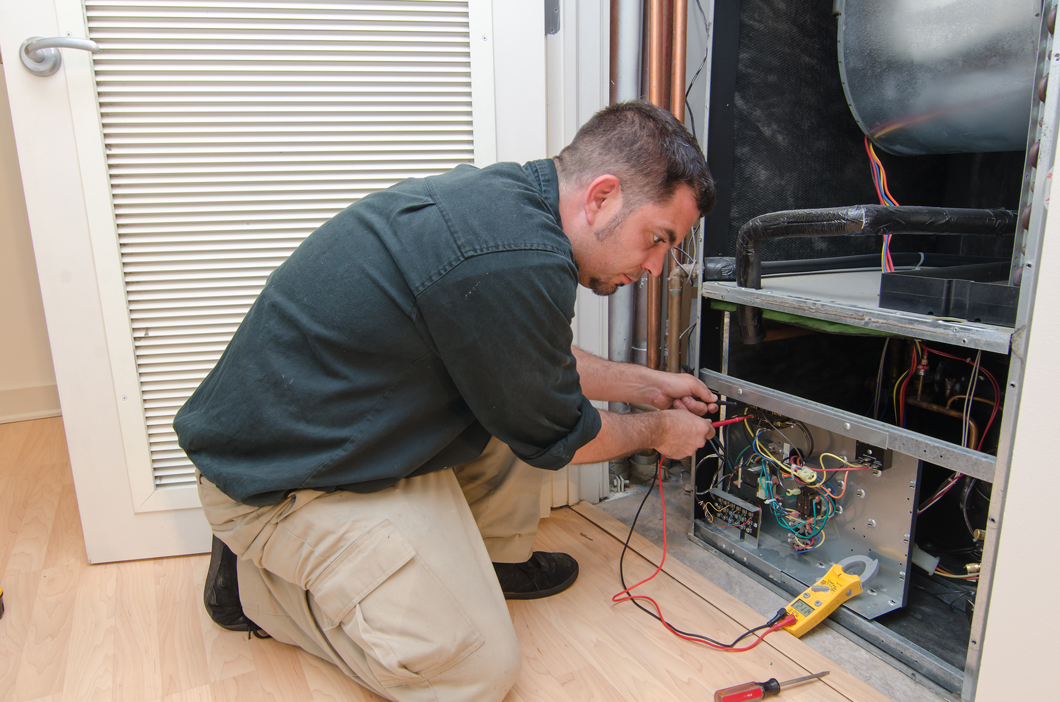
If your furnace stops working, you'll notice. Sometimes it's possible to fix your heating system, but ultimately you may need to buy a brand-new system. When setting up a heater becomes your finest option, consider these essential cost considerations prior to buying.
Discover the best heater
The first thing you'll need to consider is the kind of heater to install. Given that the majority of heaters last between 15 and twenty years, opportunities are the choices now offered didn't exist when your initial system was bought.
The most typical residential heating system is powered by gas. The expense of a basic effectiveness gas heating system varies from $2,250 to $3,800. You might incur greater costs, depending on the intricacy of the install or if you choose a higher performance unit.
Oil heating systems preceded gas and are still readily available in some states, however these heaters tend to be less effective. They cost $2,200 to $2,500 to install, perhaps more if existing duct work needs to be adapted. According to CostHelper.com, aspects such as hard-to-reach ductwork, a complicated floorplan or a larger, more energy effective system can press the price as high as $10,000.
You can likewise select to set up electric heat, which comes from little registers situated around the border of each room. Although the expense of setup averages between $1,800 and $2,700, this type of heat source isn't a good concept for heating large spaces and comes with high energy costs.
One more recent alternative getting popularity is a heatpump, which pulls in heat from the air or ground utilizing refrigerant coils. These heaters can be used as cooling units in summertime, however numerous can't run in very cold environments, limiting their efficacy.
Furnace effectiveness
Gas heaters come with a host of options which can impact their rate.
The first is heat output, measured in British Thermal Systems (BTUs); an "average" home is well served by a 60,000 BTU furnace. Systems with higher BTU rating aren't necessarily much better for smaller houses, given that they'll cost more and struck perfect temperature levels too quickly, then shut down, resulting in an inconsistent convenience level.
Furnace performance is the next consideration. Older-model furnaces were typically ranked 80 percent effective or less, which indicates 20 percent of the heat produced was lost to waste. Lots of brand-new models are ranked 90 percent or better, with some in the 94 to 95 percent variety. This small jump in performance translates to a reduction in utility expenses
It's likewise essential to determine how efficiently a gas heater can heat your home, in big part identified by its "staging." Older heaters were one affordable hvac service stage, meaning they constantly ran at full power. Numerous more recent heating systems are two phase, capable of running at 65 percent when initially launching to save fuel, and after that increase to 95 percent as required. More pricey 3 stage models likewise exist, which can run anywhere from 33 to 90 percent power in 1 percent increments.
Furnace labor expenses.
Setting up a heating system also comes with labor expenses. The cost of labor isn't repaired, but many business charge roughly $75 per hour for a licensed installer and $50 for an assistant. For an 8-hour set up, this concerns $1,000 for labor alone. Set up costs might run greater if extensive duct work repair work or adjustment is needed, or if a new furnace is significantly smaller sized or bigger than an existing system.
Two warranties govern heater installs and function. The very first is the maker's service warranty, which includes the heating system and secures against flaws in the furnace itself, such as unusable fans or pilot burner that won't stay lit. A contractor's service warranty covers the labor involved to make repair work if the heating system doesn't work correctly and is typically great for a period of 5 to ten years. Some specialists charge more for extended service warranties.
Make certain to get any warranty in composing; also ensure that it defines exactly what gets covered, for how long and what the contractor will do to fix the issue. Although the costs of setting up a furnace vary considerably, you can avoid rate risks by doing your own research.